Humanists in the Schools (HIS), one of California Humanities’ longest-term projects, began as an experimental program to embed humanities scholars in three-year “residencies” in public schools in order to enhance the quality of humanities education. Launched in San Mateo in 1978, the program quickly expanded to Glendale and Los Angeles, then to other parts of the state. The model proved so successful that it garnered support from community foundations across California and operated for more than a decade, placing graduate students and recent PhD’s in more than 50 K-12 schools across the state.
HIS developed out of an earlier pilot program, Humanists in Residence, which placed recent humanities PhDs in professional workplaces for an extended period of time. This experimental program was designed to explore how humanists could make a contribution to other fields. For example, the program supported presentations by anthropologists at symposiums on doctor-patient relationships and enabled a literature scholar to work at a radio news bureau. While the impact of Humanists in Residence was hard to quantify precisely, the impact of HIS was readily apparent, and the program gained wide acceptance throughout the state in communities large and small.
After developing a replicable model of HIS for communities and other states offering professional development and enriched student learning, California Humanities ended its program in the mid-1970s after serving scores of school districts throughout California. The award-winning program was adopted by the National Endowment for the Humanities, which renamed it Scholars in the Schools. Nearly 40 years later, it continues to have an afterlife through the Smithsonian Institution’s National Education Outreach where scholars from the world-renowned Smithsonian Institution work with individual schools across the country.

